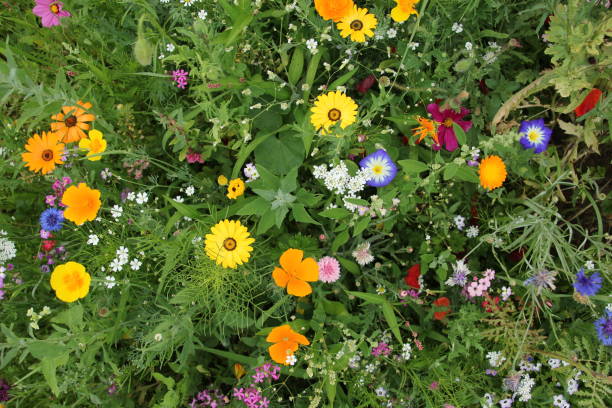Growing Seeds From Seed: A Step By Step Guide

As the song line says, "from little things big things grow". This is true in
life but especially in the garden. Understanding how to grow plants from seeds
will make it easier to save a significant amount of money if you're planning to
create a beautiful garden. Purchase seeds to begin and, if you wish to economise
further, save and exchange seeds to keep the garden going for very little
outlay.
For newbies it's best to start with a simple plant that germinates quickly
and quickly. Peas, vegies, rockets and leeks, are fast and reliable. Sweet peas
are decorative. Spring and winter bring sweet-smelling flowers.
It is better to start seeds in a container rather than directly on the
ground. This is due to the fact that it is easier to manage the growing
conditions in the container. Biodegradable pots are also used to plant directly
into your garden after the pumpkin seeds has been sprouting.
If you're not patient and like to scatter seeds around the garden or put them
directly in the vegetable patch, you should stick to larger seeds like peas
sweet peas and broad beans.
Step-by-Step Guide for Growing Plants From Seed
Buy Seedling Pots and Trays
You can plant seeds in punnets seed containers, small pots, and even egg cartons. Whatever you choose to use, make sure the container is equipped with drainage holes on its bottom.
For seed-raising, shallow containers work best.
The punnets or pots used in the past should be cleaned and sterilized. Wash
them thoroughly in disinfectant. To learn extra information about plant seeds,
you must browse trailing petunia
website.
You can purchase or make your own seed-raising mix
The pots should be filled with the mix for seed-raising purchased to stop the
spread of disease. The mix purchased for seed is sterile and designed
specifically for seed growth.
Perlite, vermiculite, and a homemade mixture of coir peat & propagating
sand are some other options you can make use of. Don't use garden soil in
pots.
Fill the Seedling Tray or Pots
Fill the container up with the mix, press it down, sow seeds, and cover it
lightly with seed-raising mix.
It is the best practice to plant larger seeds a bit deeper than smaller,
small petunia seeds.
The seed packet provides all the information you need about planting depth,
sowing times and the expected length of time between sowing and the first tiny
shoots begin to appear.
Watering Seedlings
The mix for seed-raising is meant to be kept moist but not overly dry. While
you wait for your seedlings to sprout, keep them warm by putting them inside a
glasshouse built out of a glass or foam container. Certain seedling trays come
with lids made of plastic which help. In a pinch, you can cover the pots using
plastic wrap and a tupperware cap.
Make sure to keep it away from direct sun.
How to Care for Overcrowded Seedlings
If you have sown more than flower seeds and they are all growing, trim them
to ensure that only the strongest seedlings can continue to develop. It is best
to do this when the seedlings are still having lots of growth.
While it might seem like something to do, overcrowding may cause fungal
infections like damping off. What happens if you let the seedlings that are
overcrowded to grow is that your entire crop could be destroyed.
Planting Seedlings in the Garden
Once they're big enough to be handled, you can plant them out into
well-prepared soil in the garden, or pot them on into the larger pot using
potting mix.
To reduce transplant shock and encourage root growth, you can water your seedlings with a seaweed solutions.
Comments
Post a Comment